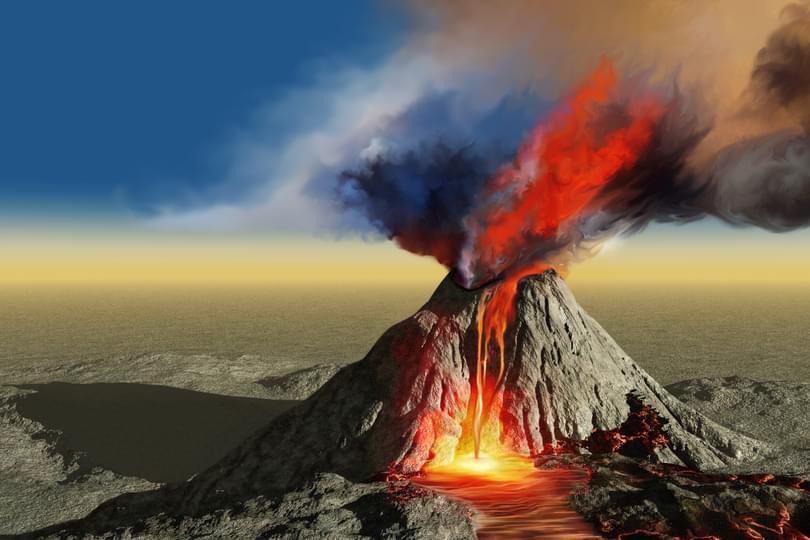
A new research study from Dr Lea Schneider (University of Gießen), Dr Felix Pretis, of the Institute for New Economic Thinking at the Oxford Martin School, and colleagues, uses statistical modelling to better understand the climate effects of volcanic eruptions.
The paper, ‘A new archive of large volcanic events over the past millennium derived from reconstructed summer temperatures’, published today in the journal Environmental Research Letters, uses new statistical modelling methods - developed earlier by the papers’ authors - to detect volcanic eruptions in temperature series, and presents a new record of historical volcanic eruptions.
Throughout history, volcanic eruptions have led to extreme climatic events with stratospheric ash clouds spreading out globally, absorbing significant amounts of incoming sunlight. In large parts of the Northern Hemisphere this has resulted in cold and rainy summers, leading to crop failures and famines over the past millennium. The last eruption of relatively minor climatic relevance, Mt. Pinatubo, only dates back to 1991, but anticipated future events could be much bigger and thus pose an even greater risk to modern society.
Existing records from historic documents or ash layers in ice sheets have limitations: the climatic impact of documented observations are usually hard to quantify, in turn, ice core records suffer from high uncertainties on the exact dating of eruptions.
In this study, Dr Pretis and colleagues have used the density variations in tree-rings to provide a fully independent method to trace past volcano eruptions.
“The statistical method identified 14 large eruptions in the last millennium, all of which are responsible for climate anomalies beyond the normal temperature variability” says Dr Lea Schneider, climate scientist at the University of Gießen, Germany, and lead-author on the study. The identification of these volcanic events help to better understand information gained from other sources, particularly highlighting disagreement with polar ash deposits stemming from eruptions in the 1450s and 1690s (Figure 1).
The study’s results also show that some climate models currently appear to over-estimate volcanic impacts on temperatures when compared to the observed or reconstructed temperature records. As Dr Pretis, co-director of the Oxford Climate Econometrics project highlights “adjusting climate models based on information from natural ‘climate archives’, such as tree rings, can yield an improved understanding not only of future volcanism but also of the climate’s response to current anthropogenic emissions.”

Figure 1: Episodes of volcanically induced climate anomalies (11-year windows). Green colours refer to different temperature reconstructions for the Northern Hemisphere in summer (based on tree-rings) and detected volcanic signatures (green dots). Blue colours represent the volcanic forcing, reconstructed from ice-cores in different studies. Purple bars refer to the most recent study from 2015. (Source: Figure from the supplement of the original publication in Environmental Research Letters)